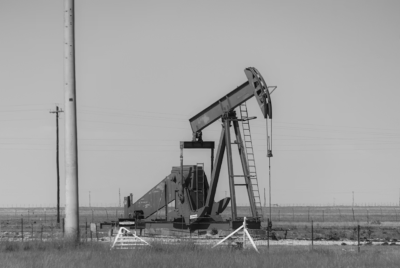Commodities round-up: Oil decline resumes following oversupply concerns, precious metals lose shine
US data-backed price support for the oil markets proven to be short-lived and precious metals also declined.

Oil markets slipped back into negative mode on Thursday (21 July 2016), with US inventory data-led support proving to be short-lived, while precious metals remained decidedly lacklustre despite the European Central Bank's decision to leave interest rates on hold.
At 4:01pm BST, the Brent front month futures contract was down by 0.40% or 10 cents to $46.98 a barrel, sliding from a two-week high recorded during Asian trading hours, while the West Texas Intermediate (WTI) fell 0.61% or 28 cents to $45.47 a barrel.
Overnight, the US Energy Information Administration (EIA) said commercial crude stockpiles fell by 2.3m barrels to a total of 519.5m barrels stateside last week. Nonetheless, with Middle Eastern oil exporters pumping more and the Russians indicating they weren't in talks with OPEC over moderating production, the oil price recovery barely lasted over the Asian trading session.
Furthermore, the EIA also predicted "a softening of the decline in US oil production" as "higher and more stable crude oil prices are contributing to increased drilling."
The lower US 48 states onshore oil active rotary rig count, as measured by Baker Hughes, stood at 336 rigs on July 15, some 29 rigs above the late-June number. "While declines from existing wells are expected to result in a net decrease in production, increased drilling and higher well productivity are expected to soften the decline," the EIA added.
FXTM research analyst Lukman Otunuga said WTI crude has been on an unpredictable roller coaster ride with prices casually swinging between losses and gains as a myriad of economic reports provide mixed signals.
"The US benchmark is noticeably depressed and the lingering oversupply concerns could provide a foundation for another decline towards $44.50 a barrel. It should be kept in mind that the fears over slowing global growth have boosted speculation of a potential fall in demand.
"This toxic mix of excessive supply and declining demand could ensure WTI remains pressed for an extended period. From a technical standpoint, bears need to break back below $44.50 to open the gates towards $43."
Away from oil futures, the precious metals landscape remained decidedly lacklustre, despite the ECB following the Bank of England in leaving key interest rates unchanged.
At 4:16pm BST, Comex gold for August delivery was up by 0.20% or $2.90 at $1,323.20 an ounce, while Comex silver for September delivery was down by 0.32% or six cents to $19.55 an ounce. However, spot platinum offered some gloss up 1.32% or $14.40 to $1,101.50 an ounce.
Analysts believe central banks are right to hold fire on the interest rate front. Richard Hunter, head of research at Wilson King Investment Management, said: "The Bank of England's decision to hold back on interest rates upset a number of City folks who had an 80% chance of a July cut priced in. But it makes absolutely perfect sense for the BoE to say, as it did, that we have barely been a month into a post-Brexit world.
"There just isn't enough data to justify UK rate cut. Most say BoE governor Mark Carney hinted at an imminent rate, but his actual words were that the bank was ready to ease monetary policy and introduce a rate cut over the summer. Should it happen next month, it would at least it would be backed up by six weeks of post-Brexit data, and may even offer short-term support to gold bulls."
© Copyright IBTimes 2025. All rights reserved.





















